Other than size, how can you recognize a student in kindergarten? Maybe it's their energy, or maybe you see all of their smiles? For me, the sign is pointing as they read, and pointing to the text is a reading behavior we talk a lot about. It is one THE signs of reading progress.
I am Carla from Comprehension Connection, and I'm excited to share literacy tidbits with you here on Classroom Tested Resources including information about Concept of Word. I am a reading specialist from Virginia in my 25th year of teaching with grades K-5 and creator of products for Comprehension Connection.This year, I am working primarily with fourth and fifth, however, today's post will be aimed at Kinders and Firsties. I will let you in on a secret. I LOVE the primary grades. :-)

What is a Concept of Word?
So were you a bit thrown off by the title, Building COW with Kinders? You may have wondered if you'd somehow clicked on a farming magazine by mistake, but developing COW (Concept of Word) is a critical instructional need for our emergent readers to move along the reading continuum to being real readers.
How does COW develop?
Undeveloped Concept of Word
COW develops in stages, and below, you can see the descriptors for each stage in development. If you work with Pre-K, you may notice scribbles in writing progresses to random letters to maybe beginning sound. At the start of kindergarten, we see a wide range and have kids come with no alphabet knowledge to those who are beginning to read some. Below, you'll see a brief description of the stages.
1. Has left to right directionality, but no word awareness. Writing looks like squiggles across page.
2. Points along with stressed units (syllables or words, but does not differentiate). Writing begins to include some letters, but they are random.
3. Points to words and says syllables. Writing begins to include beginning sounds of words.
Rudimentary Concept of Word Development
The student is approaching the beginning reader stage when he/she:
4. Points to words and begins to self correct when he/she gets off track. Writing now includes beginning and ending sounds, but may not include vowels.
Firm Development of a Concept of Word
The student has reached the beginning reader stage when he/she
5. Demonstrates accurate tracking of print. Writing includes space between words and short vowel words include beginning, middle, and ending sounds. The reader in the video below is not completely firm, but very close.
The student has reached the beginning reader stage when he/she
5. Demonstrates accurate tracking of print. Writing includes space between words and short vowel words include beginning, middle, and ending sounds. The reader in the video below is not completely firm, but very close.
How Can Teachers Work to Develop COW
With Students?
.JPG) The first step with Concept of Word Instruction is to teach a poem you've chosen to the students orally and with pictures. They need to have the poem memorized, so that they can accurately match the memorized words to the print they see. Teachers can use pictures that represent the text or hand motions with common nursery rhymes and finger plays. Remember, the focus is on connecting oral language to print.
The first step with Concept of Word Instruction is to teach a poem you've chosen to the students orally and with pictures. They need to have the poem memorized, so that they can accurately match the memorized words to the print they see. Teachers can use pictures that represent the text or hand motions with common nursery rhymes and finger plays. Remember, the focus is on connecting oral language to print..JPG) What follows is the fun part for me! The best way to develop COW is by playing with words, sentences, and a large assortment of pointers. There are so many fun pointers available through the Dollar Tree. For spring, I have a few flyswatters with ladybugs and butterflies on them. The pointers in the greatest demand in my room are most definitely my light sabers, but magic wands are very popular too. As you work with the poem, you want to hit on sightwords and beginning sounds with those who are ready. With kids at the undeveloped/rudimentary stage, you'll work on the concept of space...white space between words and spacing of letters to form word.
What follows is the fun part for me! The best way to develop COW is by playing with words, sentences, and a large assortment of pointers. There are so many fun pointers available through the Dollar Tree. For spring, I have a few flyswatters with ladybugs and butterflies on them. The pointers in the greatest demand in my room are most definitely my light sabers, but magic wands are very popular too. As you work with the poem, you want to hit on sightwords and beginning sounds with those who are ready. With kids at the undeveloped/rudimentary stage, you'll work on the concept of space...white space between words and spacing of letters to form word.When working with my Kinders on pointing, I place a touch point under each word. I discovered this tip when I downloaded freebies from Sparklebox.co.uk . I downloaded short vowel word cards for a game that included a dot under each sound. I had an light bulb moment and thought why not apply that strategy to COW. As we continue to develop COW, I put my students more and more into leveled books. I continue to use this strategy with projected books on Reading A to Z and with other powerpoint resources I've made. If you are a primary teacher, Reading A to Z is a subscription that is well worth the price. The projectable feature has been very beneficial to my students for modeling and practice, but there are many other resources for beginning readers available on the site. You can explore that further here in a blog post I wrote recently for Adventures in Literacy Land.
.JPG) Matching words in isolation to words in context is another activity that fosters an understanding of print. Teachers can use different fonts with the word cards. Using Dolch words with various games helps students to identify them in context too and helps students recognize when their tracking is off. Marie Clay refers to Concept of Word as "Reading the White Space", and this activity has helped my students recognize this. I model how to separate words by cutting between them like pulling apart puzzle pieces. In fact, we often take the pieces, mix them up, and reorganize them to make the individual words become the line of the poem.
Matching words in isolation to words in context is another activity that fosters an understanding of print. Teachers can use different fonts with the word cards. Using Dolch words with various games helps students to identify them in context too and helps students recognize when their tracking is off. Marie Clay refers to Concept of Word as "Reading the White Space", and this activity has helped my students recognize this. I model how to separate words by cutting between them like pulling apart puzzle pieces. In fact, we often take the pieces, mix them up, and reorganize them to make the individual words become the line of the poem.After we have worked a few days with the sentences strips and words in isolation, I transfer my students to the book form. With the book form of the poems, I spend time on letter identification, sighword identification, using picture clues, and even comprehension. The children enjoy highlighting, boxing, underlining, and marking with mini stickies features I ask. We also mark by boxing around the letters by name and sound.
 With my students, I typically work with a poem for a 3-5 days depending on the poem's difficulty. The last thing I do with my students is give them the poem on a single sheet. We practice reading without the aid of touch points, highlights, boxes, etc. I have them prepare the poetry page for their keepsake book, and as the year goes, the poems we use increase in difficulty. Our kindergarten teachers use thematic teaching, so the poems I choose to use with my groups typically parallel what is happening in the regular classroom. I do not use the same poems in my room though because I try to provide them with new experiences to build upon skills that are developing in the classroom. Plus, new poems keep the learning fresh and fun.
With my students, I typically work with a poem for a 3-5 days depending on the poem's difficulty. The last thing I do with my students is give them the poem on a single sheet. We practice reading without the aid of touch points, highlights, boxes, etc. I have them prepare the poetry page for their keepsake book, and as the year goes, the poems we use increase in difficulty. Our kindergarten teachers use thematic teaching, so the poems I choose to use with my groups typically parallel what is happening in the regular classroom. I do not use the same poems in my room though because I try to provide them with new experiences to build upon skills that are developing in the classroom. Plus, new poems keep the learning fresh and fun.The poem used in this post is a freebie from my store. If you'd like to add this poem to your COW collection, feel free to download your own copy using the image below which shows what is included or click [here].
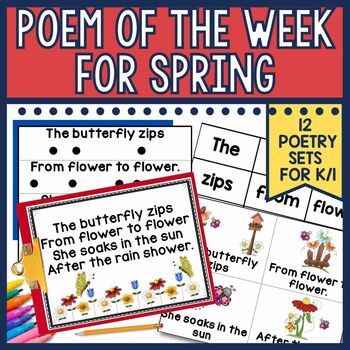 |
| $5.50 |


.JPG)



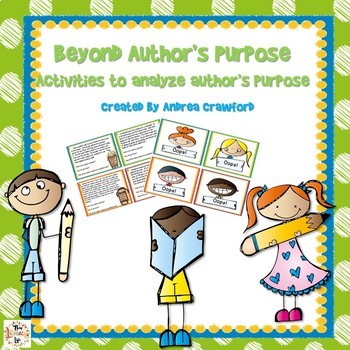


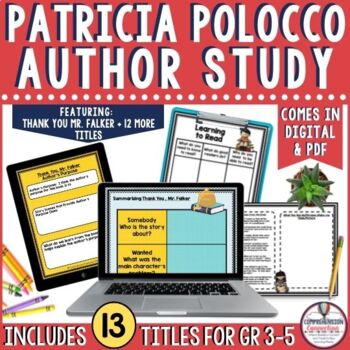
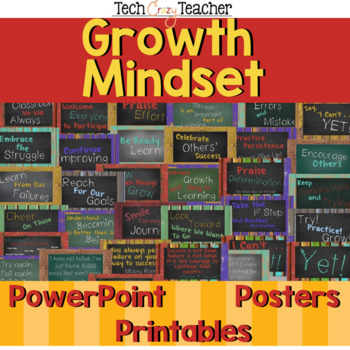
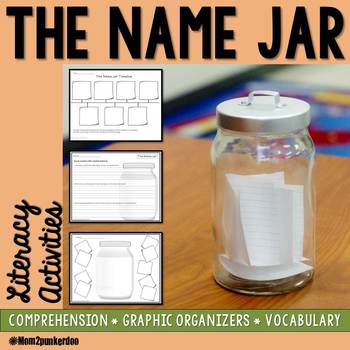

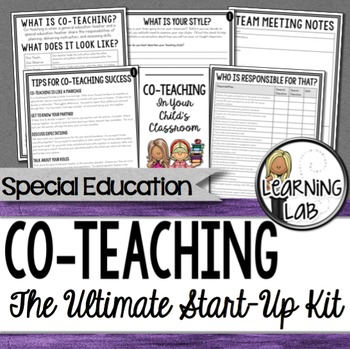


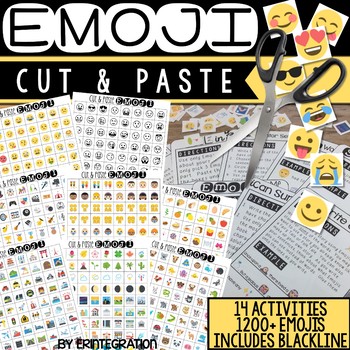
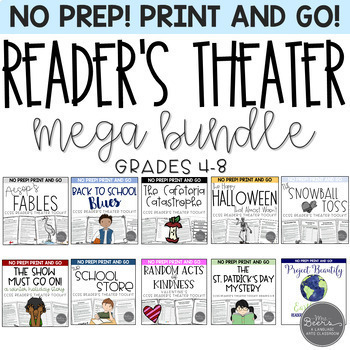



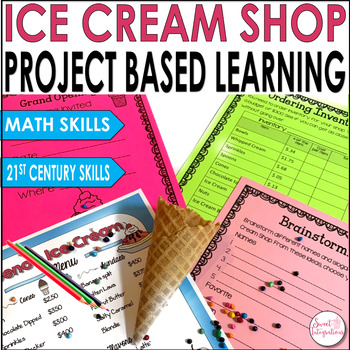




















0 comments:
Post a Comment